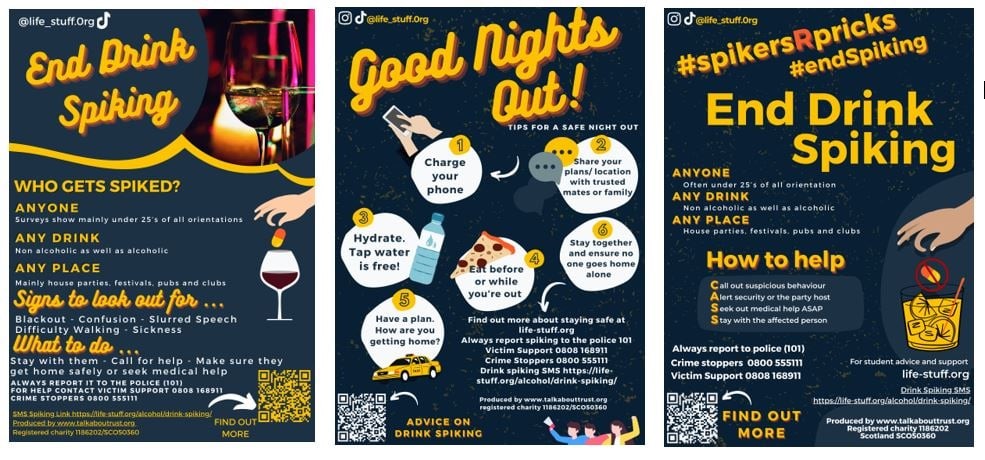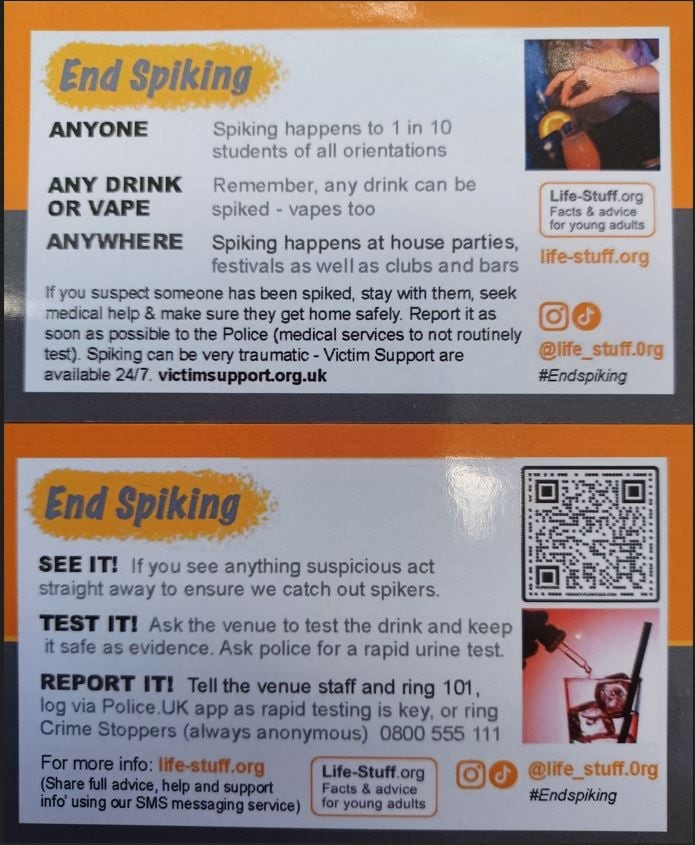Who Would Risk It?

Introduction
Alcohol can be a difficult substance to teach about. Many now claim that alcohol presents the biggest drug problem we have in England and yet its use is accepted and even encouraged in our society, even amongst young people. For many teachers there is a dilemma - how do they teach our children about the risks of drinking alcohol whilst at the same time knowing that they enjoy a drink themselves?
This resource aims to give teachers and schools some tools to explore the complexities of alcohol use within out society. There is an emphasis on identifying, assessing and managing the risks associated with alcohol as well as looking at the way it is both 'helpful' and 'harmful' in society.
There is also a focus on the social norms approach to health education. Traditional health education has focussed on teaching young people the harms associated with risky behaviour and yet we know that young people don't smoke, use illegal drugs or drink alcohol because of the risks. The social norms approach works on the principle that humans are group oriented - we tend to look to others to determine our own behaviours and decisions. At the same time we also tend to over-estimate the risky behaviours our peers are engaged in and under-estimate the safe, protective and positive behaviours displayed by the majority.
The social norms approach aims to correct young people's misperceptions of the amount of risky behaviour their peers are engaged in and thus increase the positive behaviours amongst the group. This is an evidence based approach to health education which is proving to be effective in reducing a whole range of risky behaviours.
Lesson Two of 'Alcohol: Who would risk it?' provides a resource which helps young people explore the reasons why they may misperceive the behaviours of others as well as promoting the positive behaviours of the majority. Gloucestershire schools have a hugely valuable and unique resource in the Gloucestershire Online Pupil Survey which allows them to identify the positive behaviours at a very local level.
However, the social norms model is not just a lesson - it is approach which can engage the whole school community and contribute significantly in reducing risky behaviours.
Click here to log in and download the GHLL 'Alcohol: Who would risk it?' resource.
View and download GHLL's Alcohol and You leaflet
Talk About Trust
TAT is a charity which works across the UK to keep young people safe around alcohol. They are a leading early intervention charity which supports young people aged 11 – 25 in making more informed life choices about alcohol to reduce negative risk-taking behaviours. Their award-winning resources and training are free to school and youth organisations.
Talk About Alcohol is written and managed by Talk About Trust. The site is intended to be used by young people in a classroom setting as part of PSHE lessons on alcohol. It is designed mainly for Key stage 3 and complements the Talk About Alcohol teacher workbook, which is full of lesson plans, games and worksheets.
Additional Talk About Trust Resources
- Download six fully planned lessons including accompanying PowerPoints.
- Download the 'Alcohol and You' guide for young people.
- Order hard copies of the 'Bringing alcohol and drug activity to life Activity Box' by contacting kate@talkabouttrust.org. This is free of charge for those working with pupils with accitional learning needs or for more vulnerable young people.
- Visit the Talk about Alcohol website which is a young people-facing learning zone, including fun and engaging activities and games such as an online nightclub.
- Visit the Life Stuff information hub for older teenagers and includes topics such as alcohol, gaming, spiking, cannabis, vaping, mental health and finances
- Visit Life Stuff page on preventing drink spiking & what to do if a drink is spiked
- Visit the Talk About Trust's website.
Did you know... 47% of 14 year olds say they have had a whole drink of alcohol. Our resources make it easier to provide young people with alcohol education around risks and harms, and how to resist peer pressure.
Drink Spiking
Teenagers and young adults should be aware of the issue of drink spiking. A recent UK survey in Cambridge nightclubs found that a third of students had experienced their drinks being spiked.
The majority of reported drink spiking incidents are not linked to any additional crime and are most likely to be the result of a prank, but drink spiking can be linked to sexual assault and robbery. Whatever the intent, drink spiking is illegal and people who spike drinks can be charged, fined or jailed. Click here to read the full article.
Download the Talk About Trust Spiking Fact Sheet.
Watch this short film on Rhiannon describing how her drink was spiked while on holiday with her family in Portugal.
Watch this drink spiking facts video.
Spiking Resources
- Stamp Out Spiking informs individuals on spiking symptoms, what to do if they have been spiked and how to report it to the police in each region.
- Visit the Life Stuff page for top tips and advice on spiking - Preventing drink spiking & what to do if a drink is spiked
- Order up to 10 copies of each of these posters free of charge and up to 500 copies of the handy awanress card by emailing kate@talkabouttrust.org


Tagged under: alcohol, crime, healthy lifestyles, addiction
Was the information on this page helpful? 


